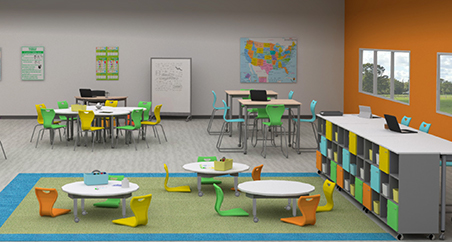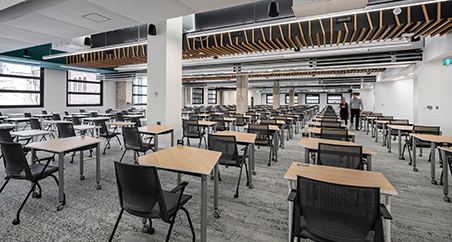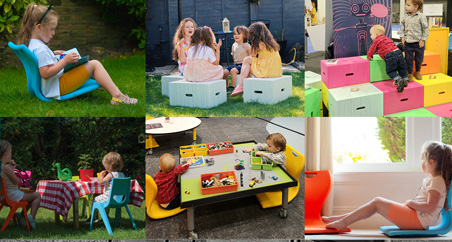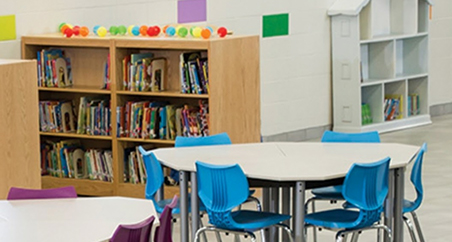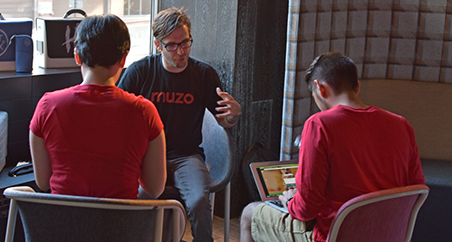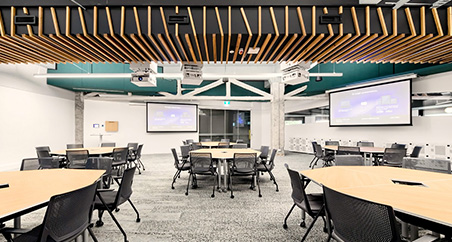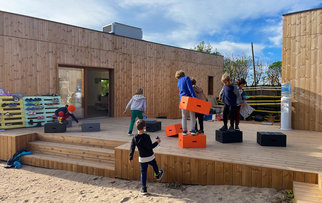
In our last post, we talked about the Mozart Effect: the theory that classical music enhances our learning by aiding spatial awareness. Better still, music in schools has been proven to:
• Increase coordination
• Keep kids engaged
• Foster emotional development
• Aid memory
• Relax students.
So, what is the science behind all this?
Music improves the mood
The simple truth is that music enhances our learning because it improves our mood. This effect is not limited to school environments alone. In fact, a 2019 study suggested that the majority of Brits listen to music in the workplace, which psychologists associate with improved productivity.
Listening to personal preferences has been proven to enhance the mood, thereby boosting our levels of arousal and helping us work harder. The theory has been tested not only in workplaces, but on lab rats walking through mazes.
Livening up monotonous tasks
Historically and culturally, music has always been associated with working – think of sailors singing on ships or miners whistling while they work. Music has been proven to be particularly effective for livening up monotonous tasks.
This is known as the “activation theory”, which first came to be in the 1960s. After becoming concerned that workers on boring assembly lines would lose interest, managers tried playing music. The results were quite eye-opening – not only because the music did indeed improve performance, but because it needed to strike the right balance.
“Funky but not too funky”
Akin to an overstimulated toddler, workers or schoolchildren who listen to music that is too distracting actually perform worse. So it’s all about finding the balance. Science tells us that this is all about “syncopation” – the structure of the music. If it’s too dull, for example, like a ticking clock, we can drift off.
If it’s too unpredictable, our brains cannot find a structure, and therefore we cannot concentrate. Apparently, the middle ground is James Brown: “funky but not too funky” and indeed, most pop music follows this pattern.
Two attention systems
Why is this the case? Because we’re not wired to have one way of paying attention. We have a conscious and an unconscious attention system. Our “conscious” systems allow us to take control of what we want to listen to – such as music. Our “unconscious” system is always listening out for unexpected distractions, such as a strange noise in an empty house.
If we are stuck with monotonous tasks, our mood dips, because we have to focus our attention on it. We may become irritable if somebody starts making extraneous noise, such as chewing too loudly. Music can ‘fill the gap’ here and keep our unconscious happy while we focus on the task at hand. It’s important to note that it comes down to personal preference, however.
Music we like and are familiar with will wash over us, while unfamiliar, or even music with talking, can be distracting.

Relaxing adults and children
Music is also a proven stress-reliever. It impacts us physiologically, slowing the heart rate and lowering blood pressure. This makes it particularly effective in learning environments. Students revising for exams can relax with music, while adults doing stressful work will also feel the benefits.
Similar to a well-designed classroom, a relaxing environment can aid learning. Scientists call this the “living room effect” and state that relaxed children are more ready to learn.
Why music education is important
In both the UK and the US, the arts are in crisis. Funding for music programs continues to dwindle, leaving many schoolchildren without the proper means to express themselves. Muzo’s mission is to change that. Not only do we believe in the power of listening to music, but learning it.
Studies into neurological activity show that music learning in children can vastly improve their learning later in life. This is because music plays on multiple senses – the auditory when listening to notes, the visual when reading music, and touch when playing an instrument.
Children who play instruments have more powerful structural brain changes. Neurons are formed more easily in the hippocampus, which is essential for learning and memory. One study showed that just 15 months of music training can lead to enhanced structural changes.
What Muzo is doing to help
Between 2014 and 2018, 1,110 arts classes were cut in the state of Oklahoma due to funding issues. Muzo is playing its part to reverse this trend, by creating custom-made furniture to encourage affordable pop-up creative environments.
Our new JamLab™ concept is bringing music learning back into schools by offering a pop-up band setup. Students simply add soft dividers to create their own studio, or add Xbrick to open it out into a full performance area.
To find out more about our music-inspired furniture, see the whole range here.
—
Images via Wikimedia Commons
(1) Wassily Kandinsky – Studie zu Komposition VII
(2) Wassily Kandinsky – Impression VI


